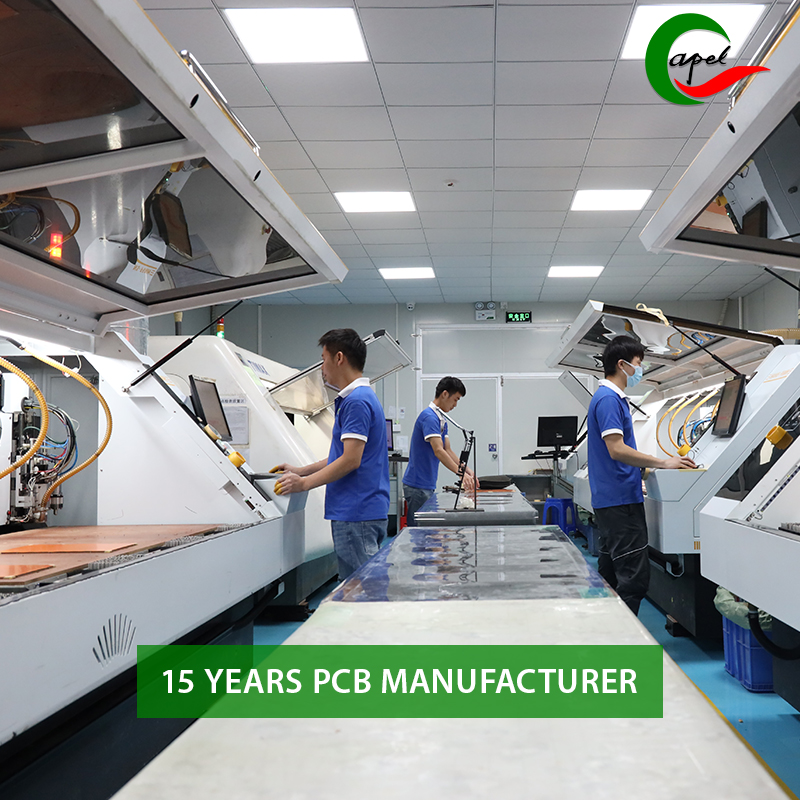Introduction:
Video game consoles revolutionized the gaming industry, attracting millions of players around the world. Whether you’re an aspiring game developer or a seasoned hobbyist, prototyping a printed circuit board (PCB) for a video game console can be an exciting endeavor. In this DIY guide, we’ll explore the process of video game console PCB prototyping, starting from designing the circuit and PCB layout, to assembling the electronic components and creating a functional prototype. So, let’s delve into the world of video game console prototyping and learn how to bring your gaming ideas to life!
1. Understand video game console design:
Before diving into PCB prototyping, it’s crucial to have a basic understanding of video game console design. Video game consoles are made up of various components, including a central processing unit (CPU), memory, graphics processing unit (GPU), controllers, and audio and video output interfaces. These components work together to allow games to be played and graphics to be rendered. Additionally, gaming consoles often feature a variety of peripherals, wireless connectivity options, and storage devices. This understanding will help you plan and design an efficient PCB layout for your video game console prototype.
2. PCB design and layout:
Designing the PCB layout is a critical step in prototyping a video game console. First, you need to create a schematic that defines the electrical connections and functionality of the components. You can use PCB design software such as Eagle or Altium Designer to create the schematic. Once the schematic is finalized, the software allows you to convert it into a physical PCB layout.
When designing the PCB layout, consider the size of the console and placement of components. Make sure the traces connecting various components are short to minimize signal interference. Use the correct ground and power planes to provide stable power distribution. Also, pay attention to thermal management to ensure critical components like the CPU and GPU are adequately cooled.
3. Electronic component selection:
Choosing the correct electronic components is critical to the functionality and performance of your video game console prototype. Components are selected based on their compatibility with the PCB design, power requirements and desired functionality. Common components of gaming consoles include microcontrollers, memory modules, graphics processors, audio and video output interfaces, and power management chips.
Keep in mind that sourcing components for prototyping purposes may not be the same as mass manufacturing. Online platforms such as Digi-Key, Mouser or professional electronics stores often offer a wide range of components suitable for prototyping.
4. Assemble PCB:
Once you have designed the PCB layout and obtained the necessary components, it is time to assemble the PCB. Start by carefully placing the components on the board, ensuring correct orientation and alignment. Modern PCBs use surface mount technology (SMT) components, which require specialized equipment such as soldering stations, heat guns, or reflow ovens.
Be careful when soldering to avoid damaging components or PCB traces. If you’re new to soldering, practicing on a small circuit board beforehand can help improve your skills. Flux and a fine-tip soldering iron are important tools for precise soldering.
5. Create a functional prototype:
Once the PCB is assembled, it’s time to test and evaluate your video game console prototype. Connect the necessary power, controls, and audio and video equipment to evaluate the console’s functionality. Use the software development kit (SDK) and debugging tools to test functionality and troubleshoot any issues.
Once functionality is confirmed, evaluate performance by running a specific game or application. Gather feedback from testers and make necessary adjustments to enhance user experience. This iterative process can significantly improve your video game console prototype.
6. Towards manufacturing:
Prototyping a PCB for a video game console is a great starting point for realizing your gaming vision. However, mass manufacturing of gaming consoles also requires consideration of other factors such as certification, mass production technology and supply chain management. Working with a hardware manufacturer or seeking guidance from industry experts can help you navigate these complexities and successfully bring your video game console to market.
Conclusion :
For DIY enthusiasts and aspiring game developers, prototyping PCBs for video game consoles is an accessible and rewarding process. By understanding the basics of video game console design, designing an efficient PCB layout, selecting the appropriate electronic components, and assembling a functional prototype, you can turn your gaming ideas into a tangible reality. As you refine your prototype and gather feedback, you may eventually find yourself ready to embark on the exciting journey of console building. So roll up your sleeves, unleash your creativity, and start prototyping your own video game console!
Post time: Oct-26-2023
Back







